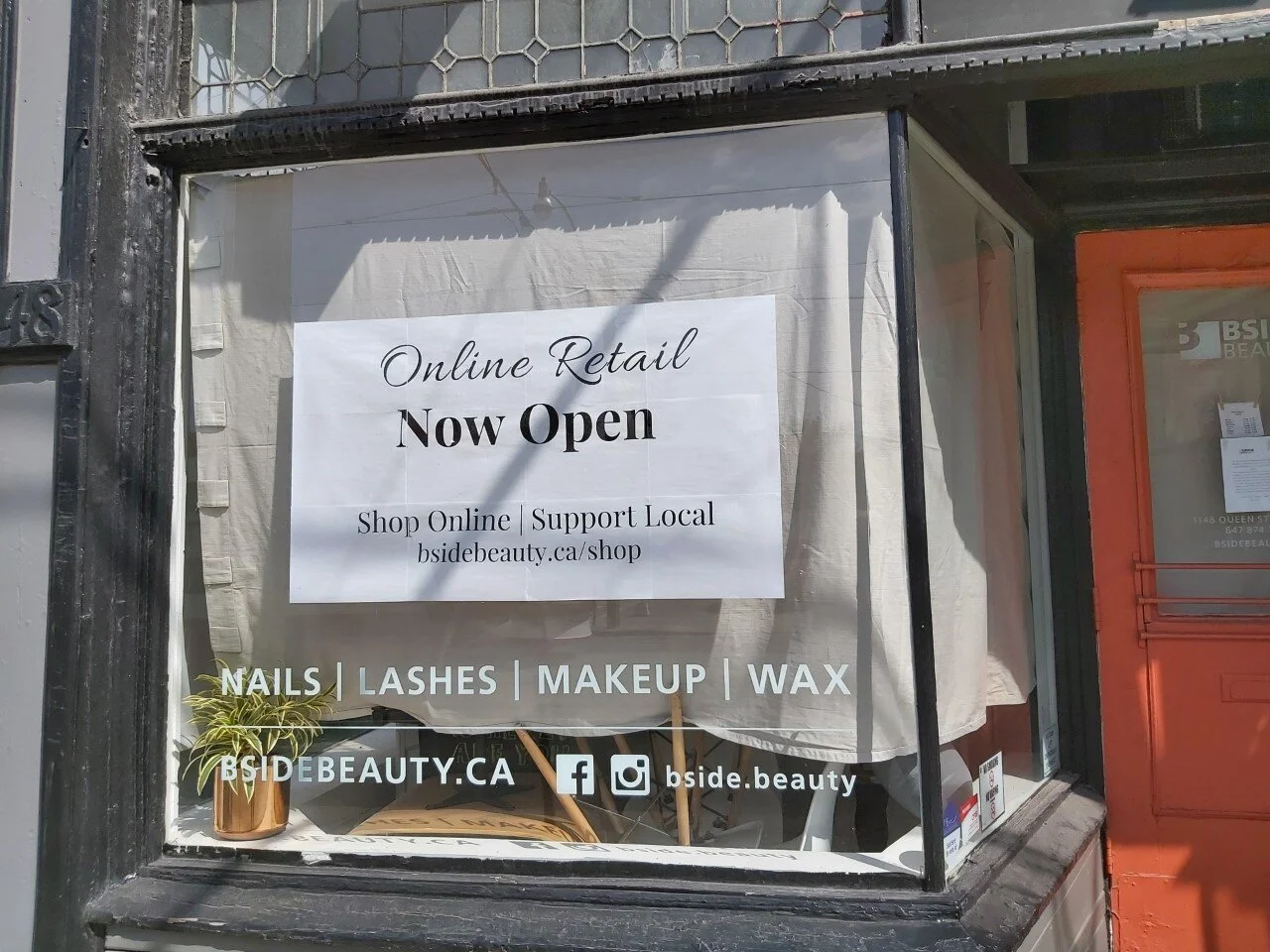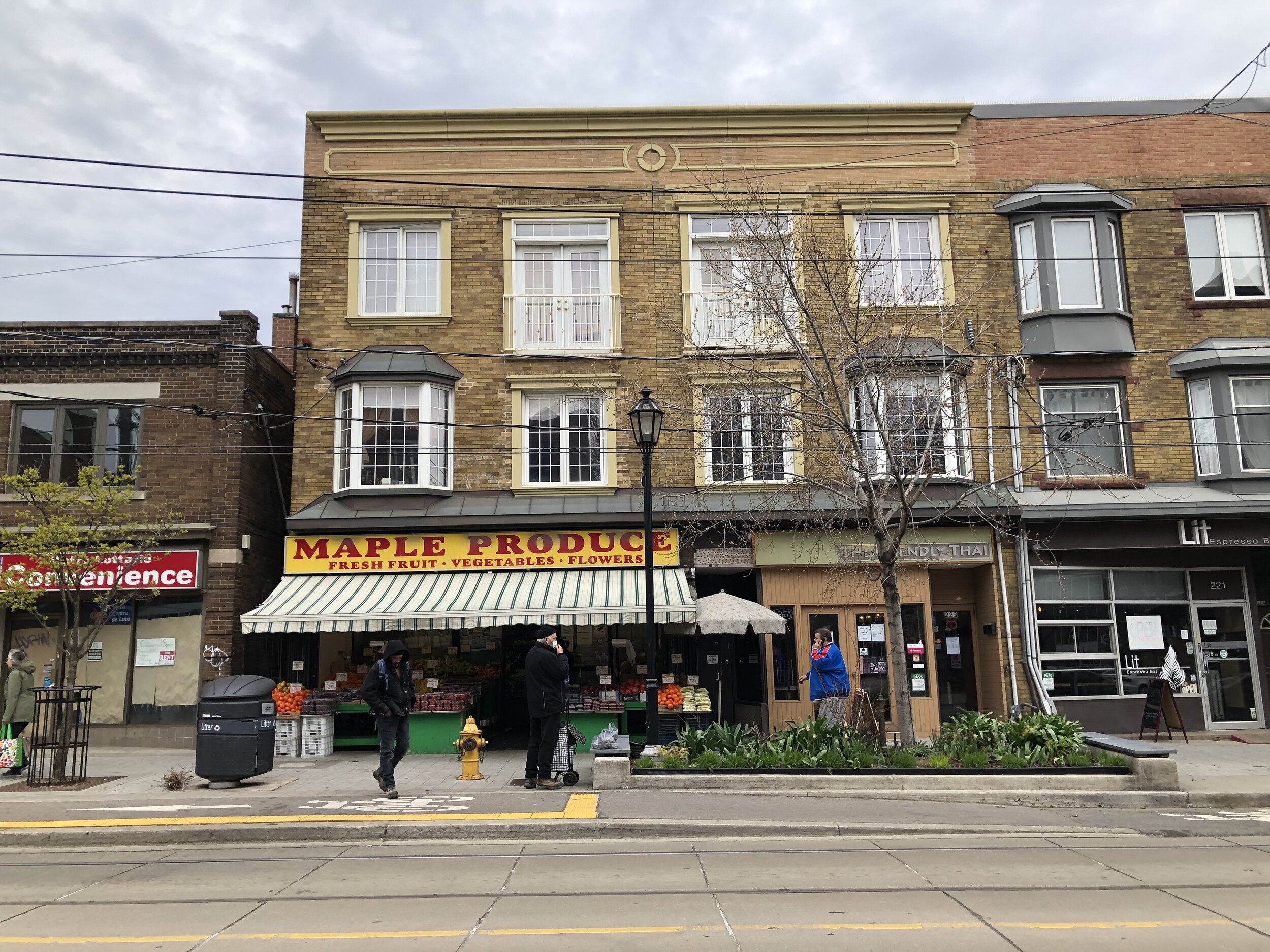
Memos from Main Street

Memo #21: A Tale of Two Cities: How Differences in Provincial Commercial Property Tax Policies Affect Small Businesses in Vancouver and Toronto
This memo outlines the differences in provincial commercial property tax approaches in Ontario and BC, and explores how the principle of 'highest and best use' affects small businesses.

Memo #20: Rallying community support and spending through #AdoptAShopYEG
This Memo highlights how using social media platforms and creating shop local initiatives can rally the community through concentrated local spending efforts.

Memo #19: Meanwhile leases can turn the city into a theatre
This Memo outlines the concept of "meanwhile leases", and takes a look at a pilot project by a Toronto theatre group to turn temporarily vacant spaces into pop-up creative studios for artists.

Memo #18: New BIZ Ambassador Team focuses on data and member connections
This Memo looks at the launch of the Ambassador Program by the West End Business Improvement Zone in Winnipeg.

Memo #17: Using Pop-ups to Activate Main Street
This Memo outlines some of the broad advantages and applications of pop-ups and takes a look at how they have been used to activate struggling main streets and neighbourhoods in different cities.

Memo #16: Embracing Winter like Never Before
A pandemic winter could mean embracing the outdoors like never before, but for this to work a concerted effort is needed to ensure public spaces are safe and accessible for everyone.

Memo #15: Buy Local with Confidence
The “Buy Local with Confidence” report and toolkit supports BIAs, local economic development organizations, and other community leaders to protect local businesses in pandemic situations and bolster activity in their main streets.

Memo #14: Who has the right to reallocated space?
Municipalities around the world are rapidly adjusting policies to make it easy to reallocate main street space from parking or traffic to local business. This memo provides advice on designing with the needs and desires of diverse users at the core.

Memo #13: Main Street Faith Buildings: Evolving through COVID-19 and Beyond
COVID-19 has put a strain on places of worship much in the same way as other place-based businesses or organizations. This memo looks at a number of emerging leaders, models and resources that are building momentum to reframe the context for churches and places of worship on Main Streets.

Memo #12: A Snapshot of Main Street Commercial Real Estate
This memo takes the economic pulse of Main Street B.C. (before COVID) and provides insights from a sampling of real estate professionals in Canadian cities. Most believe the future of Main Street remains positive, but they caution that every main street is different, and all are dependent on the strength of the local economy.

Memo #11: How COVID-19 Has Impacted our Attitudes, and What it Means for our Main Streets
Months of disruption and isolation due to COVID-19 are reshaping our attitudes, perhaps even in ways that we may not yet fully understand. This memo provides a summary of what we know today, based on a scan of available public opinion research about how Canadians’ attitudes have changed during this pandemic – and how this may affect our main streets.

Memo #10: Rediscovering Rural Main Streets
When a secondary highway doubles as your community’s main street, what are the tools available and relationships needed to make it walkable and vibrant? What do placemaking and small business support look like in a rural main street context?

Memo #9: Safety, Social Inclusion, and the Success of Main Streets
The global pandemic is shining a spotlight on community safety and inclusion. Perhaps more than ever, the sense of personal safety and a need for social inclusion are critical to the economic success of neighbourhoods and main streets.

Memo #8: What Main Street Retail Businesses Are Most Vulnerable?
As we look ahead, and consider how to develop effective re-opening plans and policies this memo asks the critical questions: what types of retail businesses will be most vulnerable to failure through the re-opening and recovery period? And how can we address these vulnerabilities?

Memo#7: Reallocating Main Street Space to Support Community Wellbeing
Reallocating main street space – from parking or traffic to people and local businesses – is an essential part of holistic pandemic recovery. In this Memo, Happy City outlines the case for reallocating main streets, and offer practical tools for Canadian cities and towns to do it.

Memo #6: An Explainer on Main Street Small Business
What exactly is a main street small business? If we are to understand and respond effectively to the needs of main street small and independent businesses across the country, we will need clear and common language with more consistent data.

Memo #5: New Online Models Helping Main Street Businesses during COVID-19
During the current pandemic, a new reality has emerged: if you’re not online, you’re probably not open. And if you did not have an online presence pre-pandemic, then likely the challenge of moving to a quick digital solution is overwhelming. This memo profiles five great digital transformation initiatives from across Canada.

Memo #4: Types of Main Streets Across Canada
Main streets exist in cities and towns across Canada – from large urban centres, to mid-sized cities to small towns. For the most part, COVID has impacted all types of main streets equally; but, as provinces move towards reopening different sectors of the economy, the impacts may not be as even across types of main streets.

Memo #3: How to Make CECRA Work for Main Street
Canada Emergency Commercial Rent Assistance (CECRA) is an emergency benefit designed to lower rent by 75 per cent for small businesses affected by the pandemic. In the days and weeks since the announcement, many small businesses, industry groups and civic organizations have voiced concerns about challenges with the new program.

Memo #2: Scan of Provincial Main Street Re-opening Plans
Provinces and territories are beginning to open their economies, including main street businesses. The common denominator across the country is an agreed upon set of decision-making guidelines and principles which include: containment levels and the ability of the local healthcare system to care for new cases.
